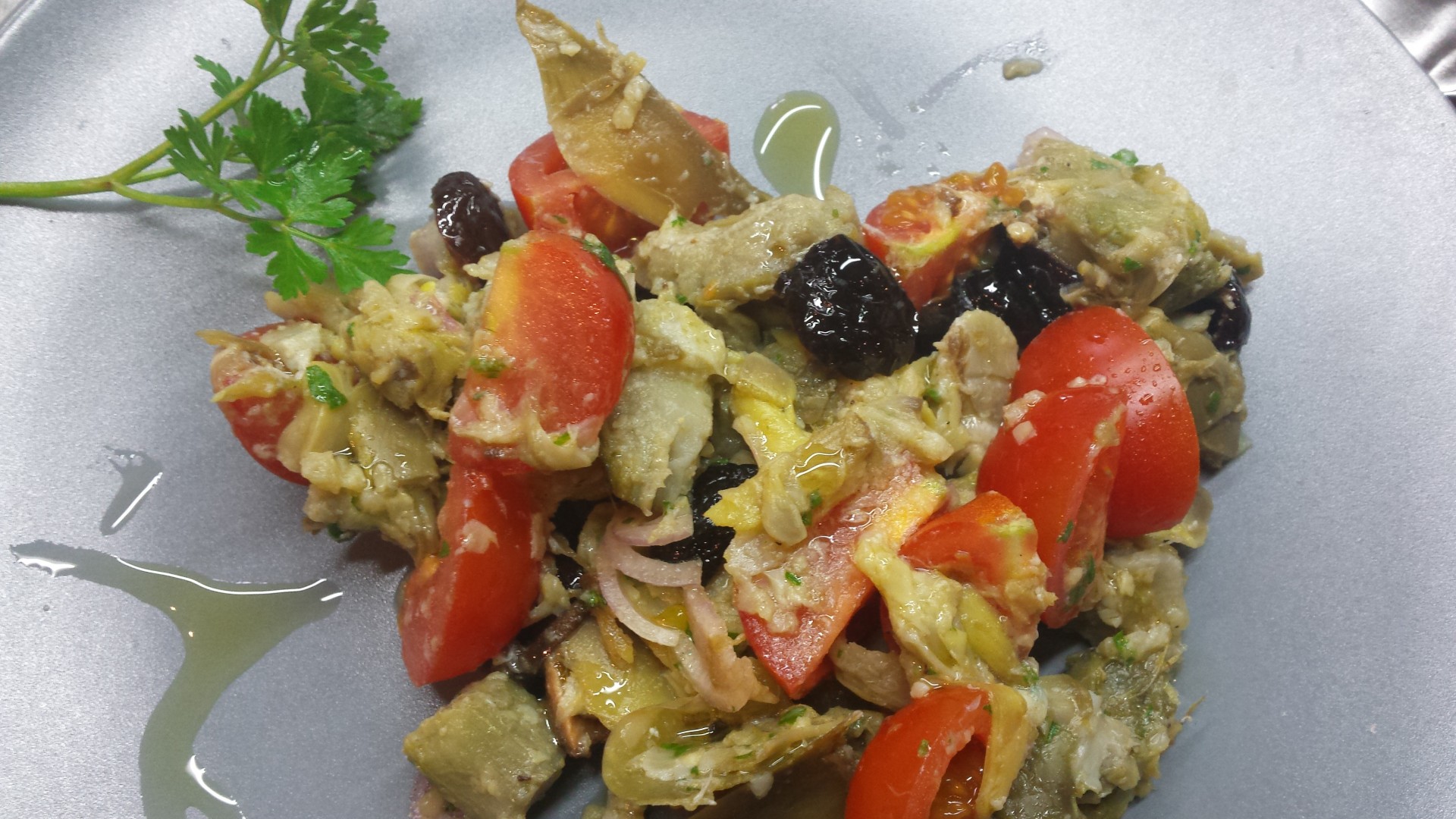Food Porn
Are we all obsessed? What makes us talking, chatting, filming, showing, watching, competing, posting, sharing, criticising, reviewing, basically using all current media and communication tools we have in order discuss food?
Luisa Stagi, a sociologists from Genova University, was presenting her new research, named “The obsession for food in TV and social media” in the InternetFestival took place last month in Pisa.
“The obsession for cooking, for ingredients, for cakes decoration is so common in a society in which most of the people are constantly on diet. This phenomenon is particularly seen on TV shows that are overwhelmed with cooking shows, culinary so-called documentary films, cooks competitions, reality shows, life style and makeover shows”. The last ones are mostly focusing on improving – either if it is your running down restaurant or your running down overweighed body.
Stagi analyze some of the social and cultural changes our society had gone through in the last century, start with the fact that less and less people are “responsible” to their own food due to the abandon of family food self production (like veggies garden, chickens in the yard or even just shopping by the next door farmer) and switching to industrial mass production food. She particularly focuses on the educational role that the TV took and yet takes in our life.
Also the social media is intensively busy with the THE FOOD ISSUE. Again, mentions Stagi, all the range from cooking forums, food bloggers, “what did I cook/eat today” images posted by professional and non, to the opposite extreme of diet & health forums, nutritionists and personal trainers, sort of how to lose in one week all what you have gained in the new recipes you have tried last week.
Stagi does not hesitate to touch sacred cows like Slow Food movement, the BIO trends, the Foodies. She analyse the background that brought to their successes, their role in the society but also suggests that they are already a kind of a main stream that take part of the current politically correct ideas about food production, consumption and presentation. Stagi also discuss food bloggers that “crossed the lines” into their own TV/Net shows, importing into the new media the blogger methods.
All through the book the author goes on the axis of all kinds of interest of food, to all kinds of interest of diets, and discuss the dichotomy between them.
Besides being very actual research that reviews all main TV formats and social media, we get a sociological review about the role of the social media in our life, independently of food. When it comes to food, as we all know, it tends to be more sensual, touchy, intimate. And on the axis of intimacy, we can go all the way to the far pole: Porn. In our case, Food Porn.
FOOD PORN
Luisa Stagi
Ega ed., Italy 2016
More they ugly, more I like them
In Italian, when you want to say that someone is ugly, you call him “Carciofo”, Artichoke. Not only that they are not really good looking, it takes some efforts to clean the external non-eatable leaves and peel their stalks. The worth is yet to come: they also leave black stains on your hands if you don’t use gloves. Fresh lemon will normally remove most of the stains, leaving though a dark shadow in between your fingerprint. In did, artichokes are rather complicated to handle.
Why should one bother, then? There are easy to use frozen artichoke hearts, canned ones for whatever dish one may think about. Allora, the well known argument about eating fresh and seasonal values twice when it comes to artichokes: not only because their amazing source of iron being lost as a treated food, but most of all due to two main considerations we have in the kitchen: consistency and taste.
In the market they might look like a beautiful flowers bat. When you meet them again in the kitchen you find them stabbing and rough. After removing the external leaves you reach the tender ones that keep a special consistency in any cooking method or manipulation: crisp as crostini on a toasted bread, semi melted in risotto, mild in a warm salad.
When it comes to taste, those of the artichokes are unmistakable. It is either adoring their taste or recoil it. I often find people have same strong feeling towards fresh coriander. You either love it or stay away from it. Being on the favourites side, I have artichokes only seasonally (January to March, here in Tuscany), what guarantees its original nutrition’s values and that the ironish strong-present taste will provide the right intensity and impact for any dish I cook.
Besides being a great source of iron, artichokes provide a large variety of local dishes that differ in their look, flavour and “role” in the meal. I recently combined artichokes to black olives for a tepid salad. We had it for lunch accompanied with whole wheat bread and cheese.
It is just the beginning of the season but I think I’m going to surround myself with a lot of those.
More they ugly, more I like them.

